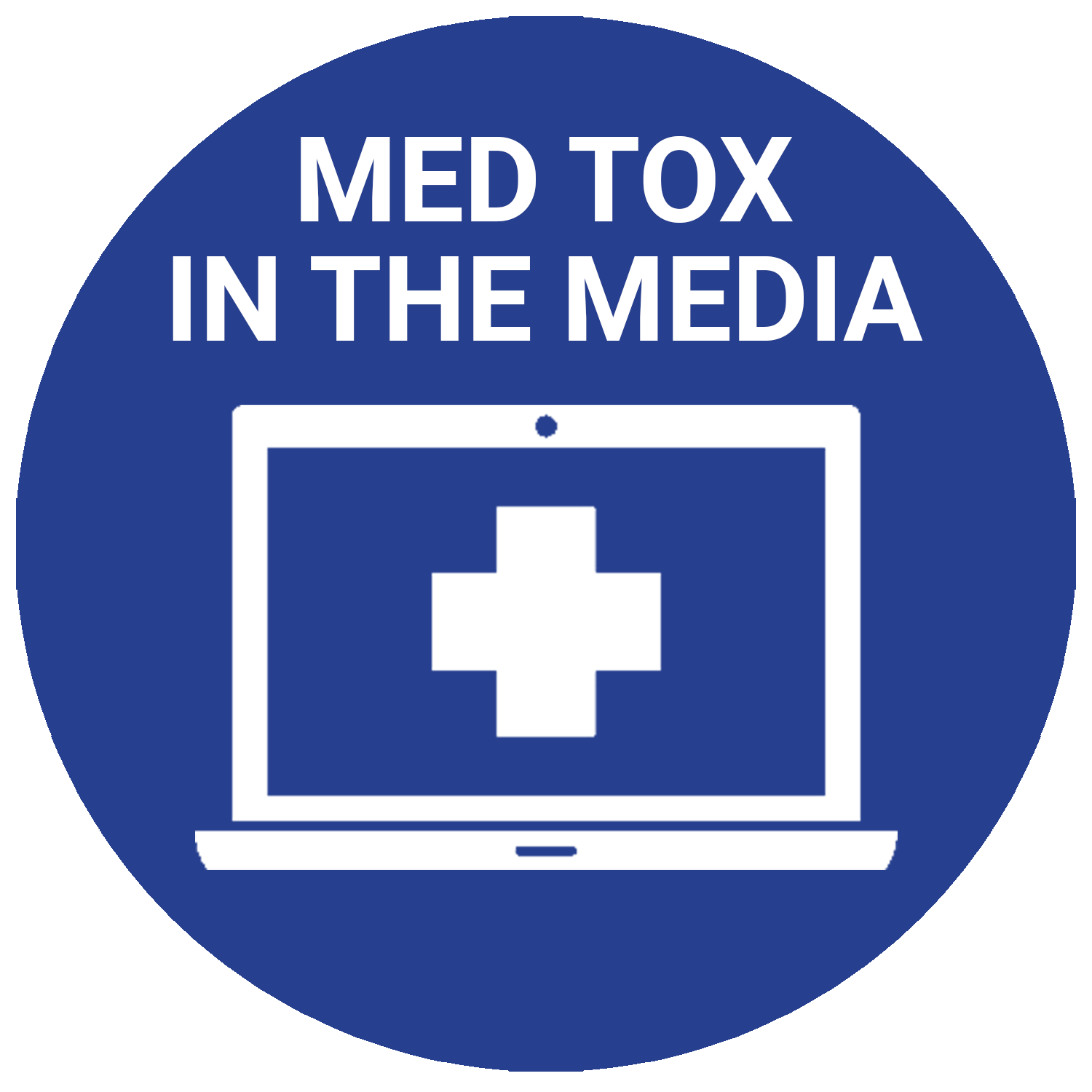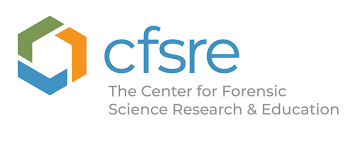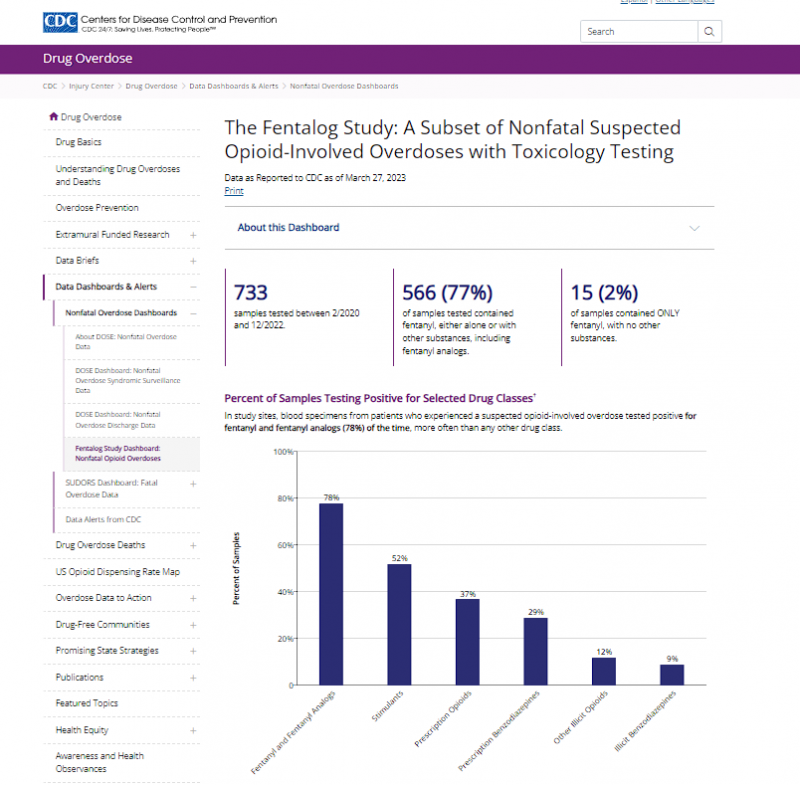
Fentanyl Exposure Resources
The topic of passive fentanyl exposure by emergency/first responders and others continues to make headlines. The ACMT Communications team receives frequent requests for expert knowledge by Medical Toxicologists. This page provides several resources.
If you are a member of the media and would like to request contact with one of our experts please fill out this request form.
In 2017, the American College of Medical Toxicology (ACMT) and the American Academy of Clinical Toxicology (AACT) released this joint statement “Preventing Occupational Fentanyl and Fentanyl Analog Exposure to Emergency Responders.” This statement, also published in the Journal of Medical Toxicology and the NIH National Library of Medicine, outlines the low risk of passive fentanyl exposure for emergency workers along with recommendations.
Selected Media Articles Featuring ACMT Medical Toxicologists
-

CNN: Narcan, Now Available Without a Prescription, Can Still Be Hard to Get
ACMT Member, Lewis Nelson, MD, FACMT, featured in CNN article discussing the accessibility of narcan. -

CBS: You Can’t Overdose on Fentanyl Just by Touching It. Here’s What Experts Say.
ACMT Board Member Andrew Stolbach, MD, MPH, FACMT and Member Ryan Marino, MD featured in article discussing fentanyl. -

The Messenger: New Synthetic Opioids Discovered in Drug Supply Are Even More Deadly
ACMT Member Alexandra Amaducci, MD discusses the new, recently discovered synthetic opioids. -

CNN: Xylazine Present in More Than 1 in 10 Fentanyl Overdose Deaths in the US
ACMT Member Ed Boyer, MD, FACMT discusses the presence of xylazine in fentanyl overdoses. -

NBC News / Yahoo News: White House Wants to Reduce “Tranq Dope” Deaths by 15% Within the Next Two Years
ACMT Member Jeanmarie Perrone, MD, FACMT featured in article discussing xylazine. -

The Conversation: What is Fentanyl and Why is it Behind the Deadly Surge in US Drug Overdoses? A Medical Toxicologist Explains
Kavita Babu, MD, FACMT authored an article on fentanyl for The Conversation. -

The Washington Post: What is Fentanyl?
ACMT Board Member Andrew Stolbach, MD, MPH, FACMT provides a consult on fentanyl. -

Live Science: Can Touching Fentanyl Really Kill You?
ACMT Members Lewis Nelson, MD, FACMT and Jeanmarie Perrone, MD, FACMT discusses fentanyl and passive toxicity. -

Columbia Journalism Review: A Dangerous Fentanyl Myth Lives On
ACMT Member Ryan Marino, MD featured in article discussing myth that touching fentanyl can cause an overdose. -

New York Times: Fear, Loathing and Fentanyl Exposure
ACMT’s joint statement featured in New York Times editorial. -

Stat: ‘Passive’ Fentanyl Exposure: More Myth than Reality
ACMT Members, Lewis Nelson, MD, FACMT and Jeanmarie Perrone, MD, FACMT, featured in Stat article discussing fentanyl exposure.
ACMT’s Toxicology Investigators Consortium (ToxIC) Program

The Toxicology Investigators Consortium (ToxIC) is a multicenter toxicosurveillance and research network. As a toxicosurveillance network, ToxIC can detect new and emerging drugs of abuse, adverse effects of new medications in the post-marketing phase, and emerging toxicological threats.
Our projects include case registry design and maintenance, led by ToxIC’s medical toxicology physician leadership and registry experts on staff. Each case registry is tailored to collect detailed clinical data, such as the patient demographics, medical and social history, circumstances of exposure, symptoms, treatments administered, and the patient outcome. Toxicological data is therefore gathered by trained medical toxicology physicians who are skilled in the subtle signs of toxicity and poisoning, leading to a high quality case registry.
The specialized ToxIC projects below provide data specific to fentanyl research interests in the field of medical toxicology.
Fentanyl Analog Study
Fentanyl and its analogs (fentalogs) are increasingly contributing to opioid overdoses and deaths across the United States. To investigate this increased fentalog epidemic, ToxIC partnered with the Icahn School of Medicine on a 5-year R01 grant from the National Institute on Drug Abuse (NIDA). This multicenter, prospective cohort study enrolls consecutive patients with suspected opioid overdose who present to a participating emergency department between 2020-2025.

The Center for Forensic Science Research and Education (CFSRE) provides comprehensive drug molecular identification of case samples in the project.
Drug Overdose Toxico-Surveillance (DOTS) Reporting Program
Overdoses from opioids and stimulants continues to rise. A significant unaddressed issue in the overdose epidemic is the lack of knowledge on non-fatal overdoses in the United States. The Drug Overdose Toxic-Surveillance (DOTS) Reporting Program utilizes our multi-center network of sites to collect detailed clinical information on cases presenting to the ED with overdose to opioids, stimulants, and undifferentiated illicit drugs.
CDC Dashboard: The Fentalog Study
In May of 2023, the Centers for Disease Control and Prevention (CDC) launched its Fentanyl Study Dashboard, an innovative tool that utilizes data from ToxIC to track and monitor nonfatal overdose trends associated with fentanyl. This cutting-edge dashboard aims to provide vital insights to healthcare professionals, policymakers, and researchers, enabling them to respond effectively to the ongoing opioid crisis.

